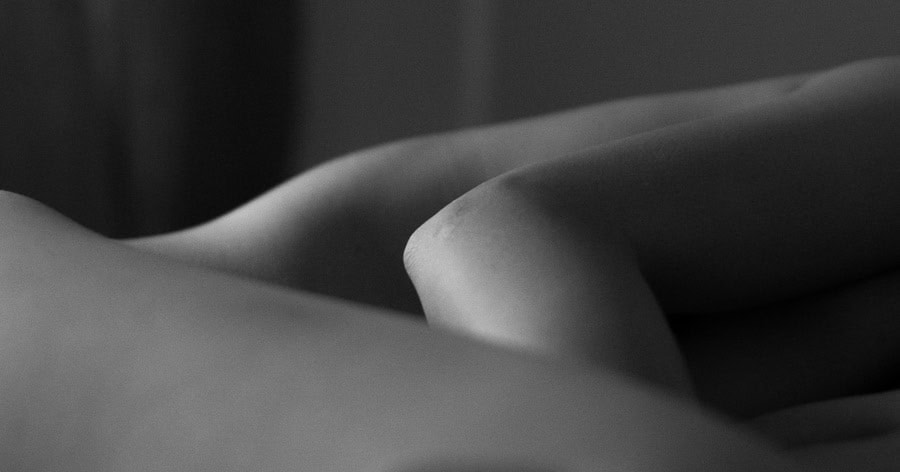Jendrik Schröder is a German photographer and filmmaker based in Berlin. He studied Communications at the Berlin University of the Arts, Film Studies in Stockholm, Photography at the Ostkreuzschule and completed his Master‘s degree in Philosophy and Arts as a scholarship recipient of the Heinrich Böll Foundation. Among others, he has exhibited at Künsterhaus Bethanien and worked with Martin Gropius Bau, König Galerie, Vice and the German Ministry of Foreign Affairs.
In his interdisciplinary work, he aims to translate philosophical ideas of Phenomenology, New Aesthetics and Daoism into his artistic practice. Consequently, his work aims to challenge the Cartesian duality of body and mind. In portraying the ordinary, he is interested to look at the corporeity of things or what Merleau-Ponty calls la chair du mode (the flesh of the world). His work is often soft and quiet, waiting for the object to reveal itself rather than forcing his rational intention on it. This silent gaze allows the objects to speak back to the artist – and subsequently to the viewer.
About The Image of a Tree – words by Jendrik Schröder:
How to see a tree without thinking its name?
first turn away
look again
then turn away
tastean image
the word
a smell
try againThe Image of a Tree is a study of materiality.
The history of Western philosophy began with a departure from the physical world. Plato’s theory of ideas suggested that the perceptible world was only an inadequate representation of timeless ideas whose essence only the mind could decode and comprehend.
In this dualistic tradition, rationality is the only resource to seek truth. The idea of a thing therefore precedes its physical presence. This concept is further cemented by language: If you see a tree, you think ‚tree‘, you merely perceive a category. The tree thus becomes a representation of all trees. Its identity blurs in its exemplarity.
In the phenomenogical tradition, the only way back to the thing-in-itself is to discard all rational concepts and focus on the phenomenon itself. The aestheticisation of the ordinary thus takes on an ontological dimension.
Through this aesthetic gaze, the seemingly random objects regain their actuality and consequently transcend it, while their objecthood in itself dissolves. In the photographic frame, forms, substances and shapes arrange themselves without having a purpose – and thereby present their material actuality of being – outside human propositional rationality.









